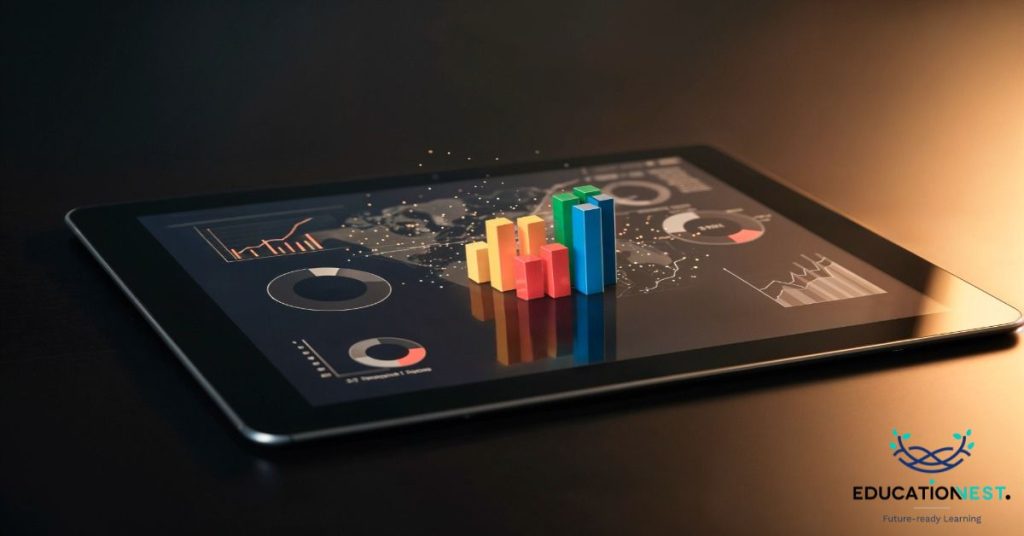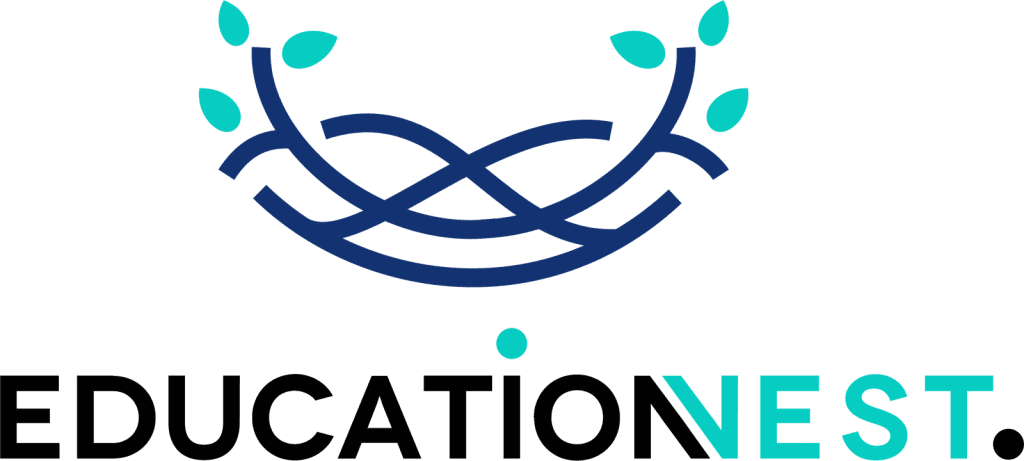Predictive analytics is changing the way HR works. Companies no longer have to rely on guesswork to make critical decisions. Data-driven insights now help recruiters identify top performers and even forecast future hiring needs.
If you think predictive analytics is just another tech buzzword, think again. It is the same approach that transformed baseball scouting in Moneyball and powering credit scores. It even matches people on dating apps. The common thread? Big data and smart algorithms that spot patterns and predict outcomes.
In this article, we will break down how predictive analytics is shaping HR. More importantly, we will be talking about its various applications in HR and how you can benefit from it too. From hiring and retention to performance management, you will see how companies use data to stay ahead.
Why Predictive Analytics in HR is Worth the Investment
Despite so much buzz around it, only a few companies are able to harness its power in HR. According to Deloitte’s 2018 People Analytics Maturity Model, only 17% of companies worldwide had accessible and regularly used HR data. Even more surprising? Only 2% of those companies had fully integrated, AI-powered systems for real-time workforce analysis. The rest relied on ad-hoc predictive analytics. They were missing out on the full range of benefits. Companies that can successfully integrate predictive analytics in HR strategy can enjoy benefits like these:
- More efficient hiring – AI-powered models analyze candidate data to identify the best fit for open roles. This takes away the guesswork and improves hiring accuracy. This leads to better long-term employee performance and lower turnover rates.
- Lower HR costs – Automating the most important parts of hiring and employee management speeds up the hiring process. This is a huge cost saver too.
- Smarter workforce planning – Businesses can forecast hiring needs and predict skill shortages. According to that, they can plan for online/offline corporate training programs in advance. Instead of scrambling to fill gaps, HR stays ahead of the curve this way.
- Stronger employee performance management – HR teams can pinpoint skills gaps and provide targeted training. This way, employees stay competitive and engaged in their roles.
- Higher job satisfaction – Companies can align salaries with market trends and foster internal career growth.
- Better retention rates – Early warning signs of dissatisfaction can be detected easily. This allows HR to intervene with retention strategies before employees decide to leave.
Looking for a comprehensive data science course to strengthen your HR strategy? EducationNest offers the best corporate training courses in Noida with customization options to maximize your training ROI.
Read more
Top 5 Employee Well-Being Trends HR Leaders Should Know in 2025
Step-by-Step Guide on How To Integrate Power BI with Other Microsoft Tools
The Role of Employee Well-Being in Building a Thriving Workplace Culture

7 Top Use Cases of Predictive Analytics in HR
HR teams have access to vast amounts of employee data. But until recently, much of it went underutilized. Predictive analytics is changing that. By using data science models, HR can move beyond guesswork and make strategic decisions that directly impact employee satisfaction, retention, and business growth. Instead of guessing why employees leave or what drives high performance, predictive analytics provides clear insights.
Here are the top 7 ways HR teams can use predictive analytics to drive growth:
- Smarter hiring decisions & talent planning
Keeping the right number of employees is a balancing act. Overstaffing drains budgets. Understaffing strains productivity. With predictive analytics, HR can forecast hiring needs in advance. This is done based on employee turnover trends and market demand. This ensures they always have the right number of people in place. This prevents last-minute hiring scrambles or unnecessary layoffs.
- AI-powered candidate sourcing
Traditional hiring methods rely heavily on resumes and manual screening. This is often time-consuming and prone to bias. Many companies have already switched to AI-powered ATS in HR to track candidates, which is a smarter approach. Although bias exists a lot in current AI systems, AI is much faster in analyzing data points like skills, past performance, and cultural fit. These tools can identify candidates most likely to succeed in a role. This speeds up the hiring process. But if you can improve your AI system, it can also improve the quality and reduce recruitment costs by minimizing mismatches.
- Budgeting & compensation planning
Compensation planning is a delicate balance – pay too little, and you risk losing top talent. Pay too much – your payroll costs spiral out of control. Predictive analytics helps analyze industry salary benchmarks and forecast market trends. HR can then adjust pay scales better to stay competitive. It can also predict which employees are at risk of leaving due to compensation dissatisfaction. This is a huge plus point, allowing companies to adjust their offers proactively.
- Employee performance optimization
What truly drives high performance? Is it salary, team dynamics, or leadership style? Predictive analytics takes the guesswork out of performance management in HR by analyzing past trends to identify what motivates employees to excel. It can help HR implement targeted incentive programs. They can also pinpoint skill gaps and recommend training initiatives to boost productivity and job satisfaction.
- Succession planning & leadership development
Building a corporate leadership pipeline is another area where predictive analytics can help. Many companies hire externally for leadership roles. But it has a lot of pitfalls. Companies can use predictive analytics to identify high-potential employees within their walls. This can be done by analyzing career trajectories, skill development, and leadership potential. HR can create customized growth plans for employees. These can prepare them for future leadership roles. This ensures a steady pipeline of capable leaders without the uncertainty of external hires.
- Predicting & preventing employee turnover
Losing top talent is expensive. But many companies don’t see it coming until it is too late. Predictive analytics can detect early warning signs of disengagement – declining performance, lack of career progression, or dissatisfaction – expressed in employee surveys. By identifying at-risk employees before they decide to leave, HR can intervene with employee retention strategies like mentorship programs, role adjustments, or personalized incentives.
Conclusion
This blog shows how predictive analytics is changing HR for the better. Predictive analytics has become a game-changer for recruiters and HR teams. It has made workforce planning more data-driven and strategic. It helps businesses build strong talent pipelines that align with both current and future goals. But currently, only 25% of HR departments use AI. Of these, 42% focus on talent acquisition, 36% on employee development, and 21% on people analytics. If you are looking to spice things up on the hiring front, it is best to invest in a robust training program to build your own custom AI systems in-house.
To do this, data science training is the best way. EducationNest is the best corporate training provider in Delhi with expert-led courses on data science and machine learning. They also offer customization options to fit your team’s unique learning needs. Customization will help your teams absorb the training better to build a system that is apt for your company’s internal structure.
